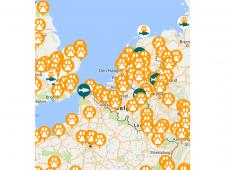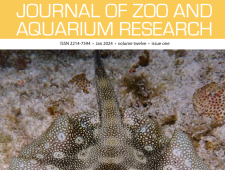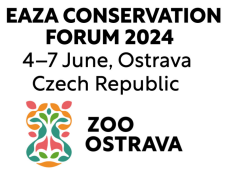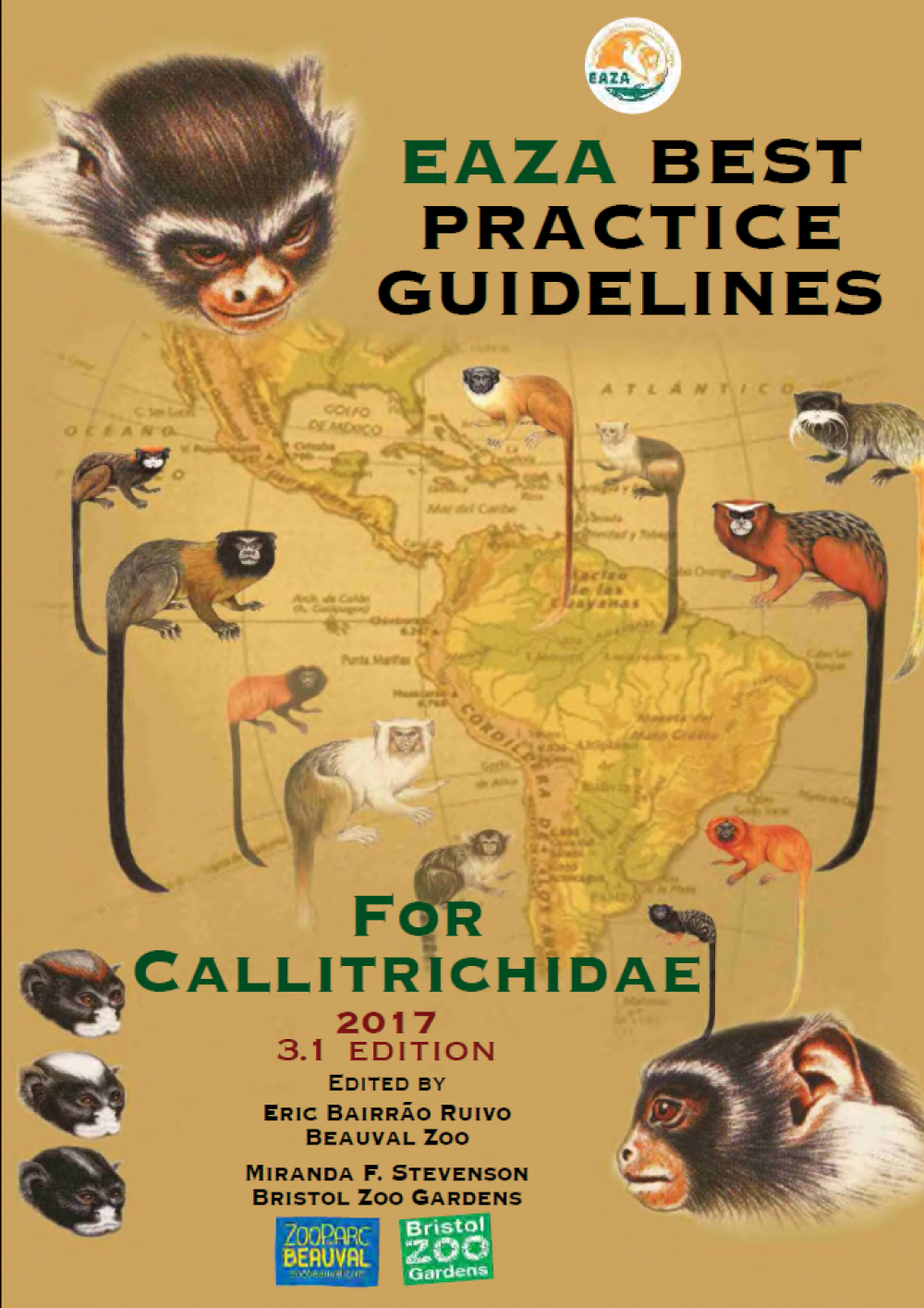Invasive marmoset
(Callithrix jacchus and Callithrix penicillata)
Coordinator: Amy Heffernan and Kim Vaughan
Institution: Hertfordshire Zoo
Programme roles
The Invasive marmoset EEP oversees the common marmoset (Callithrix jacchus) and the black-tufted-ear marmoset (Callithrix penicillata), listed as Least Concern on the IUCN Red List. With the ever-growing threats to callitrichid species in the wild and the need to build up ex situ insurance populations, both in the range country and internationally, these species are being actively phased out by the EAZA Callitrichid TAG. All individuals have a non-breeding recommendation.
| • General education The ex situ population should be used to educate visitors about callitrichid biology, ecology, and conservation. Additionally, the species can be used to teach visitors about why wild animals are not suitable pets. • Exhibit Until phase out, the EAZA population should be used to maintain knowledge and gain husbandry experience on mixed-species exhibits, which can then be used to keep callitrichid species with a conservation concern and conservation roles. |
Programme numbers
In March 2021, the Invasive marmoset EEP had 267 animals in 59 institutions.
Callithrix jacchus: 237 animals in 57 institutions
Callithrix penicillata: 30 individuals in 7 institutions
Programme highlights
- EAZA published its 2021 Annual TAG report, and on page 33, you can read about the activities of the Callitrichid TAG in 2021.
- The EAZA Callitrichid TAG has a very active Facebook Group in which they share news stories. The closed group is primarily intended for staff working with callitrichids in zoos or in the field. From November 2021, the TAG will organize weekly training talks in the group about a specific topic.
- The Callitrichid TAG has a playlist on YouTube with videos about Callitrichids.
 This work is supported by the European Union LIFE NGO funding programme. The European Union is not responsible for the views displayed in publications and/or in conjunction with the activities for which the grant is used.
This work is supported by the European Union LIFE NGO funding programme. The European Union is not responsible for the views displayed in publications and/or in conjunction with the activities for which the grant is used.







